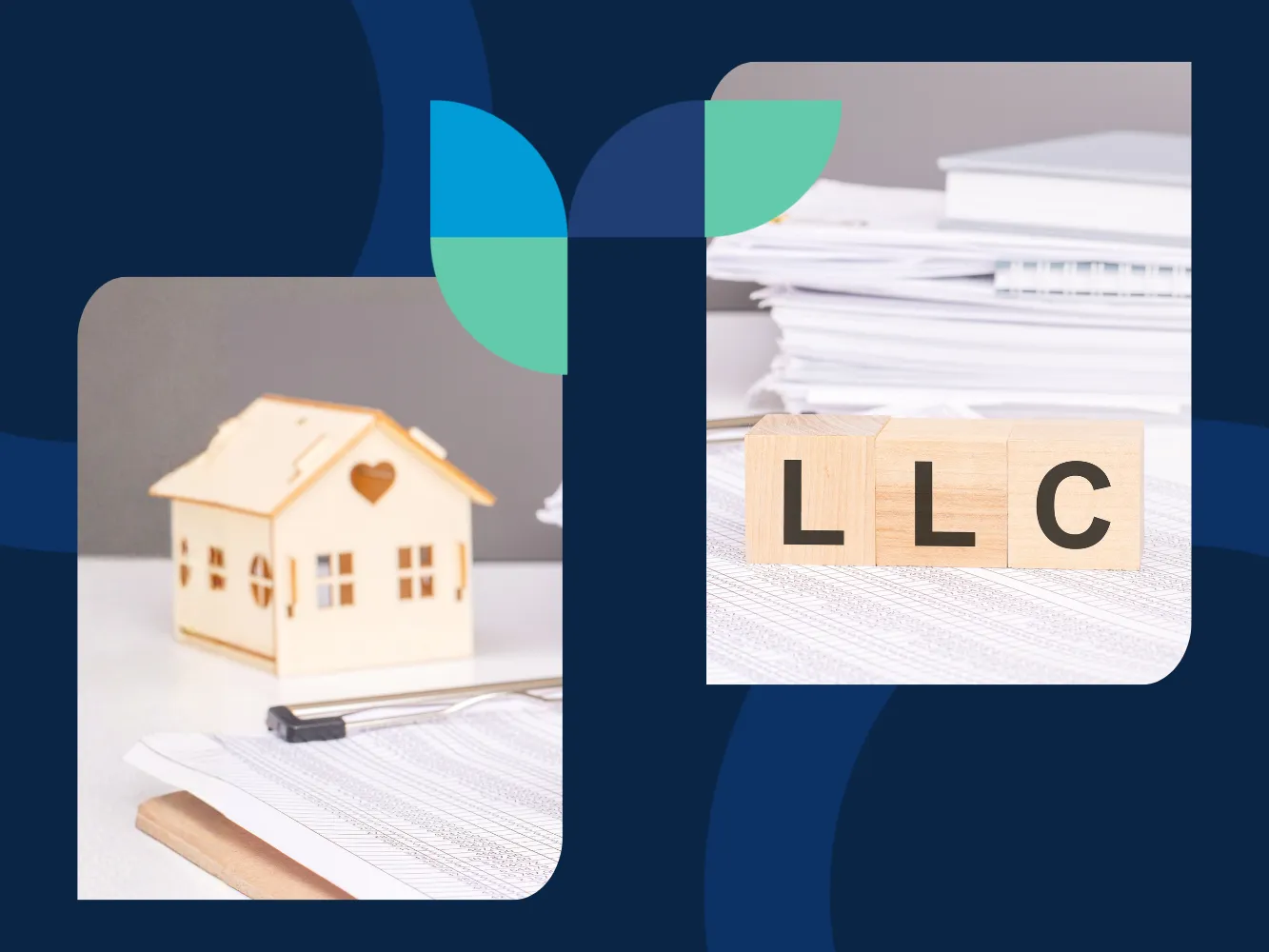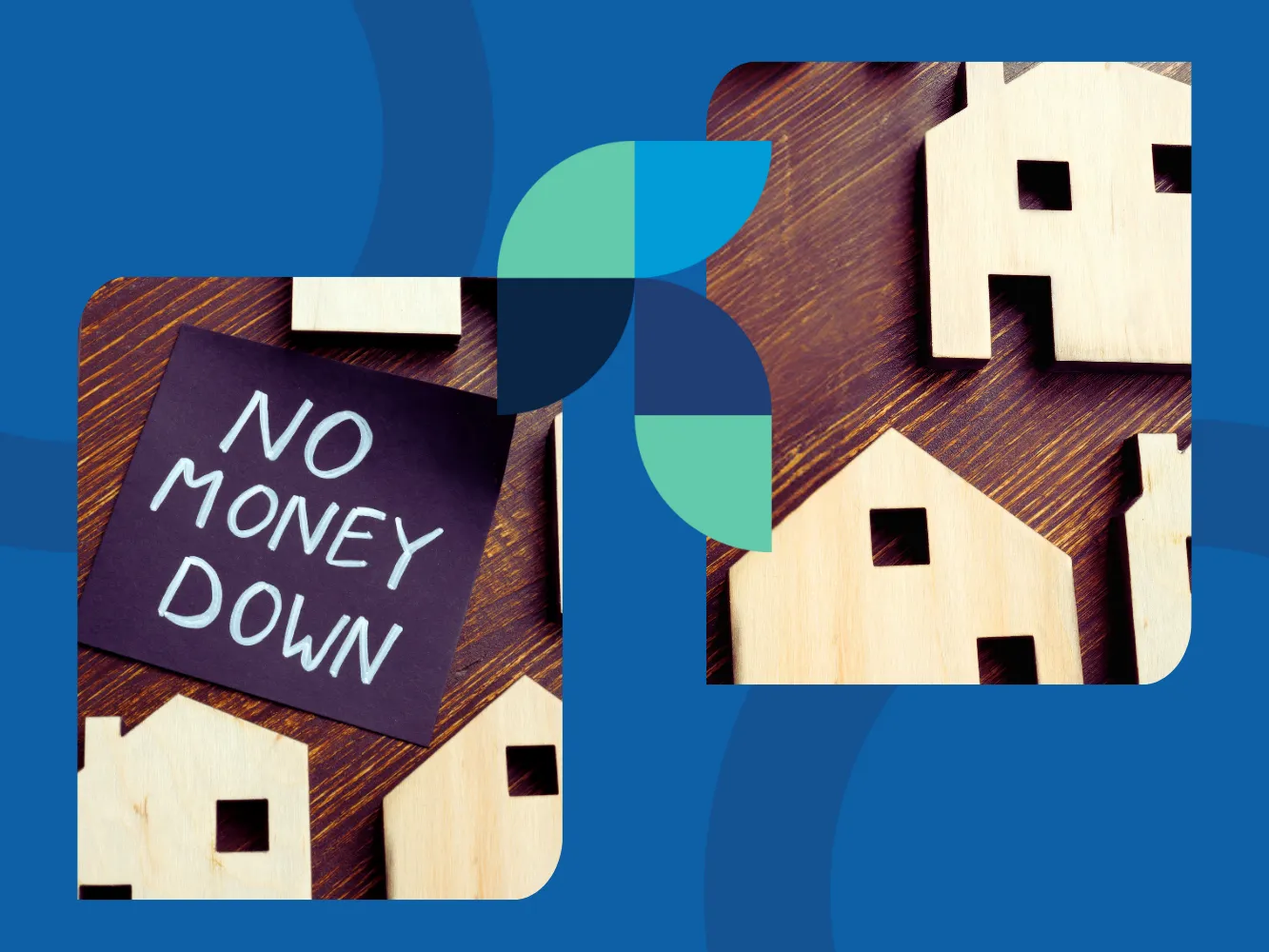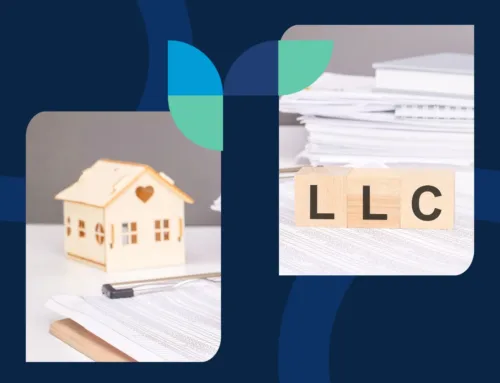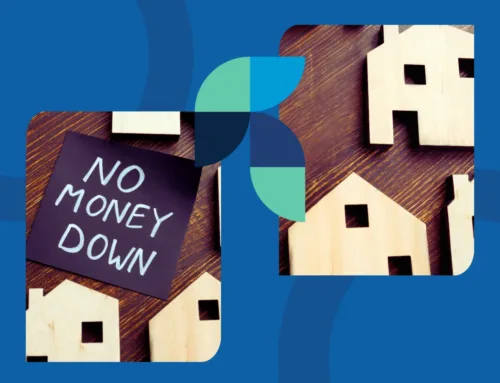Owning a rental property is an investment. Protecting that investment requires more than a good location or solid lease—it requires the right insurance. But how much does landlord insurance cost?
The short answer: it depends.
The long answer: it depends on your property, your landlord insurance policy, and your priorities.
This guide breaks down what you can expect to pay, what affects the price, and how to get the coverage you need without overpaying. Whether insuring your first single-family rental or managing a portfolio of multi-unit properties, knowing how landlord insurance is priced helps you plan better, invest smarter, and protect your bottom line.
The National Average: What Most Landlords Pay
On average, landlord insurance costs between $1,200 and $1,500 per year for a standard single-family rental. That works out to roughly $100–$125 per month—though your rate may fall above or below that depending on location and risk profile.
Here’s a look at typical premiums:
| Property Type | Annual Cost Range |
|---|---|
| Single-family home | $1,200–$1,500 |
| Condo rental | $700–$1,200 |
| Small multi-family (2–4 units) | $1,500–$2,500 |
| Larger multi-family (5+ units) | $2,500+ |
These ranges reflect base premiums without extensive endorsements or upgrades. Add extra protections—like loss of rental income, higher liability limits, or umbrella coverage—and your premium can increase significantly.
What Affects Landlord Insurance Cost?
If you add extra protections—like loss of rental income, higher liability limits, or umbrella coverage—your premium can increase significantly.
1. Property Characteristics
Your property’s value, age, and condition influence your premium. A newer, well-maintained home with updated plumbing and electrical systems is less risky to insure than a 1920s fixer-upper.
- Higher rebuild value = higher premium
- Older homes = greater risk of claims (e.g., outdated wiring)
- Features like pools, fireplaces, or basements may also raise costs
2. Location and Local Risk
Insurance pricing is hyperlocal. Properties in areas prone to wildfires, floods, earthquakes, or hurricanes often carry much higher premiums.
- Urban areas may carry a higher liability risk
- Rural areas may face slower emergency response times
- Crime rates, weather events, and natural disaster history all impact cost
3. Policy Structure and Coverage Type
Landlord insurance policies typically come in three types:
- DP-1: Basic coverage (named perils only) – lowest cost
- DP-2: Broad coverage (more perils, better structure protection)
- DP-3: Comprehensive coverage (all-risk except exclusions) – highest cost, but most common
Higher coverage limits, lower deductibles, and expanded endorsements drive up the premium. For example, adding loss of rent coverage or increasing your liability limits from $100,000 to $500,000 can meaningfully affect price.
4. Claims History and Risk Profile
Insurers look at your past claims and the property’s risk exposure. A clean claims history can earn you a better rate, while frequent or severe claims can push your premium up, or even make coverage harder to get.
Your resident type also matters. Short-term rentals or student housing may be higher risk than long-term leases.
5. Extra Coverage and Endorsements
Landlord policies can be customized with add-ons. These improve protection but also increase costs:
- Loss of rental income coverage
- Vandalism and theft protection
- Liability umbrella policies
- Ordinance and law compliance coverage
- Contents coverage (if you’re furnishing the unit)
Optional, yes—but often worth it.
Detailed Cost Breakdown
Let’s see how all this translates into dollars and decisions.
Example 1: Single-Family Rental
- Location: Suburban Dallas, TX
- Value: $300,000
- Policy Type: DP-3 (comprehensive)
- Coverage: $300,000 dwelling / $100,000 liability / $1,000 deductible
- Premium: $1,350/year
Example 2: 4-Unit Property
- Location: Portland, OR
- Value: $950,000
- Policy Type: DP-3 with loss of income, vandalism, and $500,000 liability
- Premium: $2,600/year
Example 3: Condo Rental (Furnished)
- Location: Miami, FL
- Value: $400,000
- Coverage: $50,000 contents / $300,000 liability / $1,000 deductible
- Premium: $1,150/year
As you scale up your property’s size, value, and coverage, your premium increases—sometimes substantially. But every dollar of extra coverage can mean thousands in potential claims protection.
Why Costs Are Rising in 2025
It’s not just your policy. Landlord insurance premiums are rising across the board, not just because insurers feel like raising them.
1. Construction Inflation
Repair and rebuild costs have climbed. Labor is more expensive, and materials are harder to source. That means higher replacement costs—and higher coverage limits to match.
2. Climate Risk and Natural Disasters
Wildfires, hurricanes, and flooding are increasing in both frequency and severity. Insurers are adjusting pricing to stay solvent. Some are even pulling out of high-risk areas, making affordable coverage harder to find.
3. Regulatory Shifts
Some states are tightening insurance regulations, while others are loosening them. New rules can affect claim eligibility, underwriting, and policy design—all of which can influence your rate.
How to Reduce Your Landlord Insurance Cost
You can’t control the weather, but you can control how you insure your property. Here’s how smart landlords keep premiums manageable:
1. Compare Quotes Strategically
Don’t accept the first offer. Get quotes from at least three carriers—and use a broker if your portfolio is complex or growing.
2. Bundle Coverage
Insure multiple properties or combine auto, umbrella, and landlord insurance with the same provider. Bundles often come with 10–20% discounts.
3. Raise Your Deductible
If you have savings, consider raising your deductible from $500 to $1,000 or $2,500. That one change could lower your premium significantly.
4. Install Security Measures
Deadbolts, smart locks, outdoor cameras, and fire alarms protect the home and reduce perceived risk. Some insurers offer credits for each device.
5. Maintain the Property
Preventive maintenance lowers the chance of a claim—fewer claims = better risk profile = better premiums.
Final Thoughts: Know What You’re Paying For
Landlord insurance isn’t ablejust a line item on your budget. It’s a safety net for your income, equity, and peace of mind. And while the landlord insurance cost may seem high at first glance, it reflects the real-world risks of owning rental property.
It protects your cash flow, secures your tenants, and maintains your growth strategy.
At PURE Property Management, we believe in simplifying the rental experience, including the complex decisions that come with protecting your investment. Whether you’re a first-time landlord or managing a diverse portfolio, we’re here to help you find coverage that fits.
Here are some great resources that will help you become a better rental investor:








